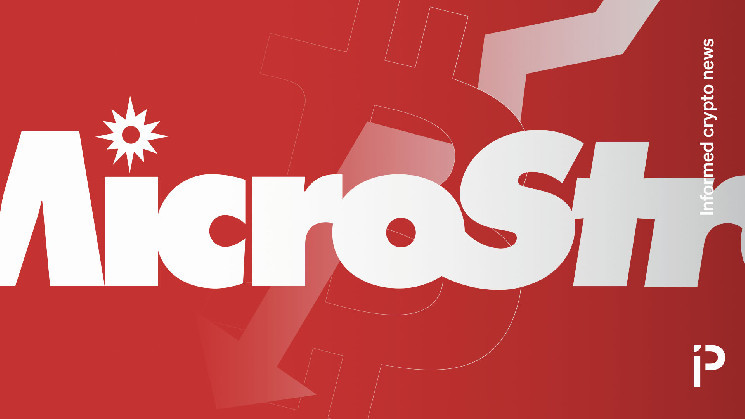As bitcoin (BTC) surpassed $100,000 and hit an all-time high on December 4, many MicroStrategy (MSTR) investors were hoping for their bags to levitate. Unfortunately, their shares — along with those of the company’s CEO Michael Saylor — dipped considerably the following morning.
MicroStrategy is a BTC acquisition company that is primarily valued on a multiple of its BTC holdings. Its shares trade independently of BTC in the market based on sentiment, supply, and demand. MSTR closed at $406 on Wednesday but fell another 4.8% by Thursday.
That close logged an embarrassing 28% retracement from the company’s $543 all-time high on the same day that BTC achieved its own peak.
Granted, that decline roughly matched BTC’s decline over the same period. However, price tracking doesn’t reassure investors who hope for MSTR’s outperformance.
MicroStrategy is supposed to, in the minds of many investors who knowingly bought its shares at a premium multiple on its assets, somehow increase that multiple for long-term investors.
Currently valued at 2.3X its BTC holdings, MSTR traded at 3.4X as recently as November 20. Bullish investors hope to see that number reach high-single if not double digits.
MSTR closed at $406 on Wednesday but fell nearly 5% the next day. Image courtesy of MSTR-tracker.com
How much is bitcoin ‘yield’ worth?
Despite MicroStrategy’s disappointing Thursday, the company and its CEO definitely have their fans. Many remain enthusiastic about what Saylor refers to as “bitcoin yield,” which seems to work differently to the financial industry’s definition of yield.
BTC, of course, doesn’t offer native yield, emissions, earnings, or dividends. MicroStrategy claims to harvest yield, however, from bond markets and arbitrage strategies to the benefit of its shareholders.
Anyway, excluding certain future obligations, Saylor boasted yesterday that he accreted 63.3% more BTC per assumed diluted share outstanding of MSTR since the start of 2024. Unfortunately, that factoid didn’t prevent a pre-market flash crash from $443 to $379, nor did it prevent shares from ending Thursday’s session 4.8% lower than the prior day’s close.
Read more: Bitcoin has hit $100,000 and is the world’s 7th largest asset
Some bullish traders name their Saylor fan clubs with degenerate self-awareness and resort to hyperbole. One fan refers to MicroStrategy as “the new Federal Reserve.” Many praise Saylor’s indiscriminate hoovering up of BTC at any cost with vague, future hopes of financializing its trove via “bitcoin bank” services — whatever that means.
MicroStrategy’s dependence on BTC has caused it problems before. In 2022, Michael Saylor resigned as CEO. A major reason for the resignation? A quarterly report containing $917 million in BTC impairment losses.
Since then, however, and as a mere non-executive chairman, Saylor has turned that investment around and become the best-performing large-cap stock on US markets. MSTR is up over 500% this year and now ranks among the top 50 companies in the Nasdaq-100 (QQQ) index.
In total, it has earned an impressive 68% return on all of its BTC purchases to date.
In fact, the NASDAQ 100 committee is considering rebalancing its index to add MicroStrategy as a constituent. News of that decision will arrive by December 13.

